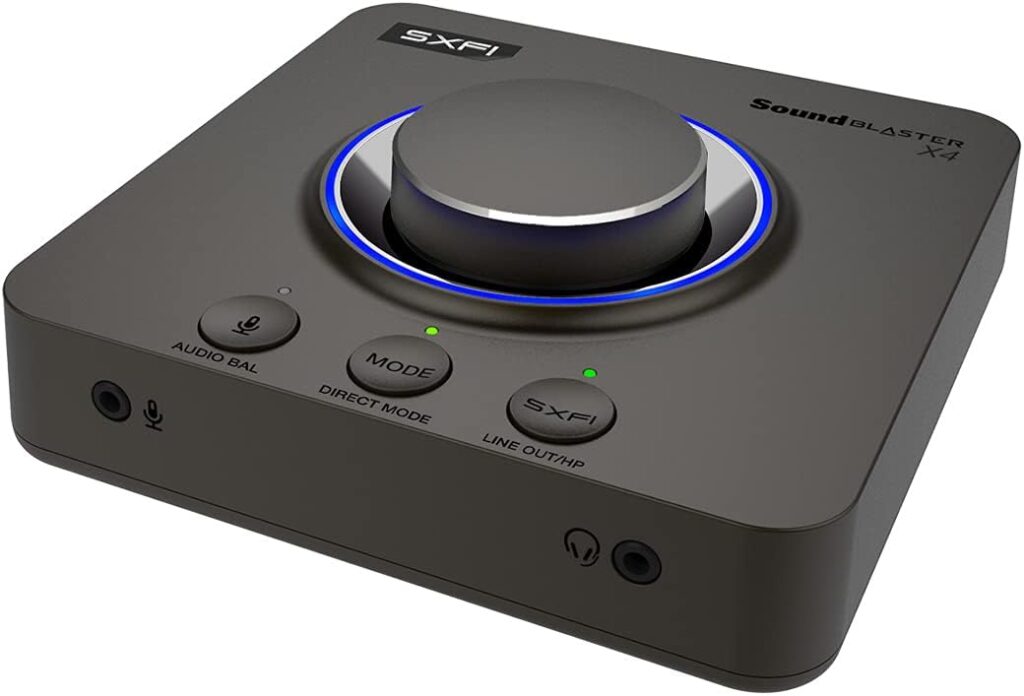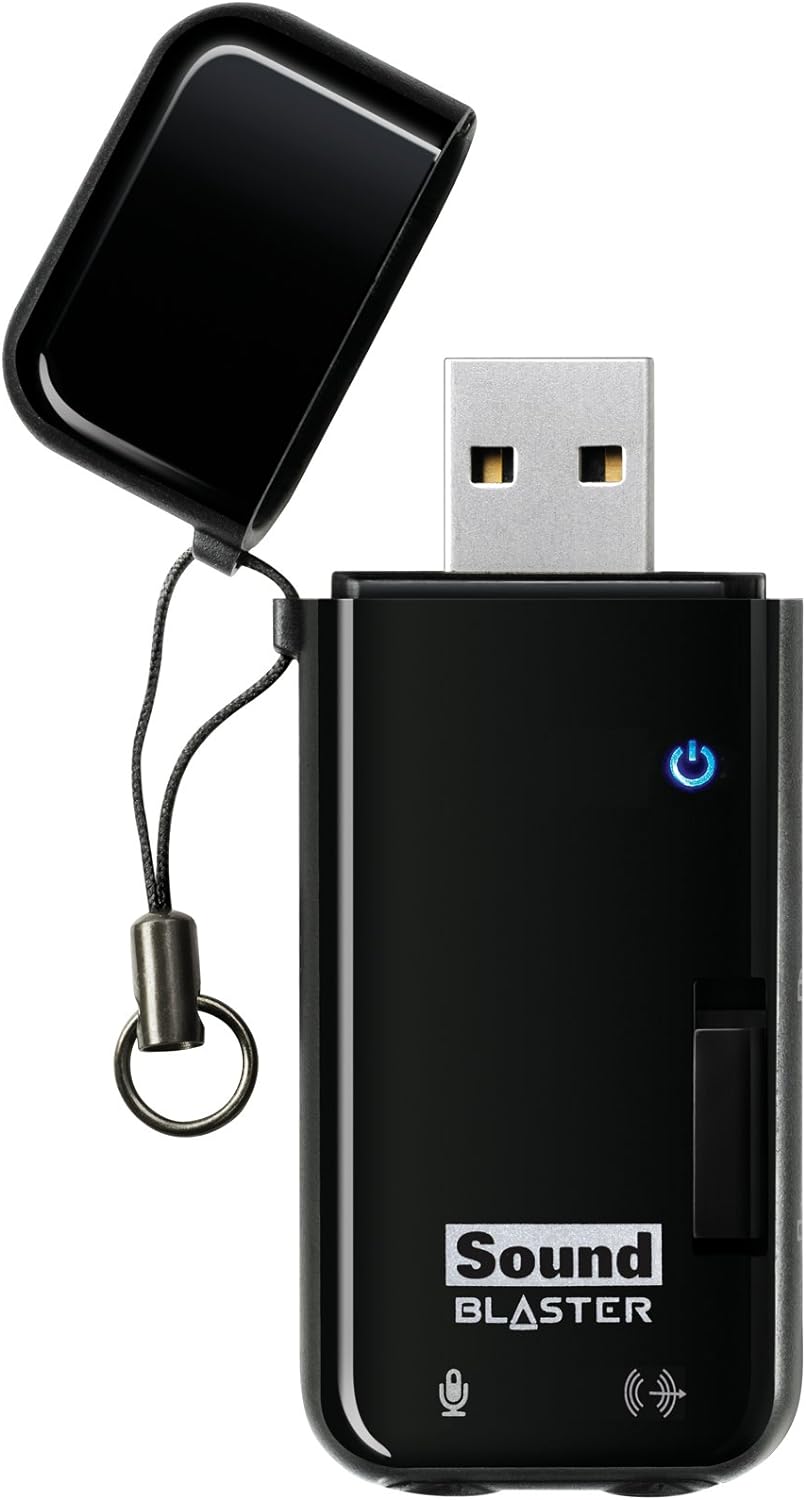Music sets the mood, keeps dancers engaged, and fills the dance floor. As a DJ, your role goes beyond just playing songs; you’re responsible for creating a vibe that keeps people moving and makes every event memorable. Whether stepping into the DJ booth for the first time or looking to refine your skills, here’s a guide to building your WCS playlist and mastering the basics of DJing.

Building a West Coast Swing Playlist
Creating a killer playlist is more art than science, but some key principles can help you nail the music selection for your events. A great playlist keeps the energy up, caters to all skill levels, and provides the perfect soundtrack for the night.
They say no plan survives the first engagement with the enemy, and no playlist will survive the first song played. When I DJ, I plan to pick out old and new songs I want to play. I typically pick five to ten to use to start. I usually get two or three in before making changes based on the room’s mood.
Know Your Music Genres: West Coast Swing is versatile and can be danced to various music genres, including blues, contemporary pop, funk, R&B, and even some country or hip-hop tracks. The key is to mix it up while staying within the range of music that feels good for WCS. Experiment with different genres to see what gets your crowd moving and keeps them engaged.
Balance Tempos: Tempo is a crucial factor in WCS music. Too many fast songs in a row can exhaust dancers, while a string of slower tracks might drain the room’s energy. A good rule of thumb is to balance the tempos, rotating through slow, medium, and fast songs to keep things dynamic. For beginners, aim to include more medium-tempo tracks that are easier to dance to.
Mix Old and New: Keep your playlist fresh by blending classic WCS favorites with newer tracks. A familiar song can create a sense of nostalgia and comfort, while newer hits keep the energy modern and exciting. Please pay attention to what songs get a great reaction from your dancers and include them in future sets.
Create Emotional Highs and Lows: A great playlist tells a story and takes dancers on an emotional journey. Mix in various song moods—happy, sultry, energetic, or laid-back—to keep the night interesting. You’re not just playing songs but creating an experience that resonates with your community.
Read the Room: One of the most important skills of a DJ is reading the crowd. Pay attention to how the floor reacts to your music choices. If a song clears the dance floor, don’t hesitate to switch gears and try something different. Conversely, if the room lights up for a particular track, consider playing more songs in a similar style or mood.
Years ago, I was the DJ for a community with a mix of East and West Coast swing dancers. I needed to watch the mix of people in the room. It was usually the East Coast swing crowd when the night started, so I played a faster tempo and more oldies.
Around the middle of the evening, the Westie crowd would start filtering in, and my mix gradually switched to a combination of east and west, but I remained at a higher tempo. By the last hour, the East Coast crowd had gone home, and my mix settled into a slower tempo.
This was a unique situation with the mixed dance genre, but it shows the importance of paying attention to the room.
Basic DJ Skills and Equipment
Now that you’ve got a handle on building a playlist, it’s time to focus on the basics of DJing. Even if you’re not aiming to become a professional DJ, understanding the fundamentals will help keep your events running smoothly and sounding great.
Get the Right Equipment: You’ll need a laptop or device to play your music, a reliable sound system, and basic DJ software to manage your playlists. Popular DJ software like Serato DJ, Virtual DJ, DJ Pro 2, or even Spotify in a pinch.
External USB Sound Card: There are several opinions on this topic. Some DJs are amazing and don’t need to listen to a song before playing it. I’m not one of them. I found I had 2 issues. First, I was adding new music all the time, and second, even if I knew the song, I still needed to listen to it to make sure it felt right for the room’s mood and flowed well with the current song.
To accomplish this, I used a USB sound card. I have a link to the one I have used for years. It is extremely reliable and easy to configure with Virtual DJ and DJ Pro 2. I assume the same for other software, but I’ve not used other systems, so I can’t speak for them.
This allows you to set up the internal sound to play to the room and the USB card to play exclusively to your headphones. I find this invaluable.
For even more advanced features, consider Super X-Fi. This external card has surround sound and several outputs.

Creative Sound Blaster X4 External USB DAC Amp with Super X-Fi, 7.1 Surround, Optical I/O, Mic/Headset/Line-in – For PC and Mac
Basic Music Transitions: You don’t need to master beat-matching or advanced mixing techniques. While it may be cool to fade in one song as another fades out smoothly, dancers predominantly prefer to have a few-second breaks between each song. This gives us time to find our next partner and return to the floor.
Manage Volume Levels: Not all songs are created equal in terms of sound levels, and nothing kills the mood faster than a track that suddenly blasts too loudly or plays too softly. Use your DJ software to monitor and adjust volume levels so that each song plays consistently, keeping the energy balanced.
Create Playlists: Always have a main playlist ready, but only as a guide or starting point. Some DJs prefer to start with a few songs and build that session on the fly. This requires a good understanding of your music selection and a strong ability to read the crowd. For new DJs, go ahead and build a list. You may only use part of it, but you have something to fall back on if things go wrong or you are stuck.
Engage with the Crowd: A good DJ interacts with the dancers. Watch the floor, make eye contact, and don’t be afraid to respond to requests if they fit the WCS vibe. If someone suggests a song that works, play it—it’s an easy way to make your event feel more personalized and inclusive.
Stay Updated on Music Trends: West Coast Swing music constantly evolves, and what’s popular today might shift in a few months. Stay connected with the WCS community, follow DJ playlists, and listen to what’s being played at major events to keep your music fresh and current.
Licensing: You will need proper licenses to play music for your club, social event, or club. Licensing ensures that you have the right to play songs while respecting the artists and composers who create them. Proper licensing helps avoid potential legal issues and fines arising from unauthorized use.
Typically, this involves obtaining a license from performing rights organizations (PROs) such as ASCAP, BMI, or SESAC, which manage the rights of music creators. These licenses allow you to play a wide range of music publicly while contributing to the music industry’s sustainability.
Understanding and adhering to music licensing requirements protects your community and shows a commitment to supporting the artists who provide the soundtrack for your dance events.
Barbusinessowner.com has a great article on licensing for public venues.
NOTE: We are not legal or licensing experts. We advise you to consult a professional to determine what licensing is required for your situation.
Common DJ Mistakes to Avoid
Even the best DJs have off nights, but being aware of some common pitfalls can help you avoid them:
Overplaying Favorites: It’s easy to lean on crowd favorites, but overplaying the same hits can make your events feel stale. Keep things fresh by regularly updating your playlist and rotating new songs into the mix.
Ignoring the Room’s Energy: A great DJ constantly responds to the room’s energy. If you’re not paying attention, you might miss signs that the crowd is ready for a tempo change or a different mood. Stay alert and be willing to adjust on the fly.
Playing Songs with Awkward Breaks or Lyrics: Be mindful of songs with long instrumental breaks, sudden tempo changes, or lyrics that might be distracting or offensive. These can throw dancers off and interrupt the flow of their movement.
Setting the Mood with Music
You’re not just playing songs—you’re setting the mood, guiding the dancers, and shaping the experience. Remember, the music you choose can make or break the night, so take the time to craft playlists that reflect the unique vibe of your WCS community.
By building solid DJ skills, understanding your audience, and continuously refining your music selections, you’ll become an invaluable part of your community’s events. Great music keeps dancers engaged, fosters connection, and makes your WCS events the place to be.

